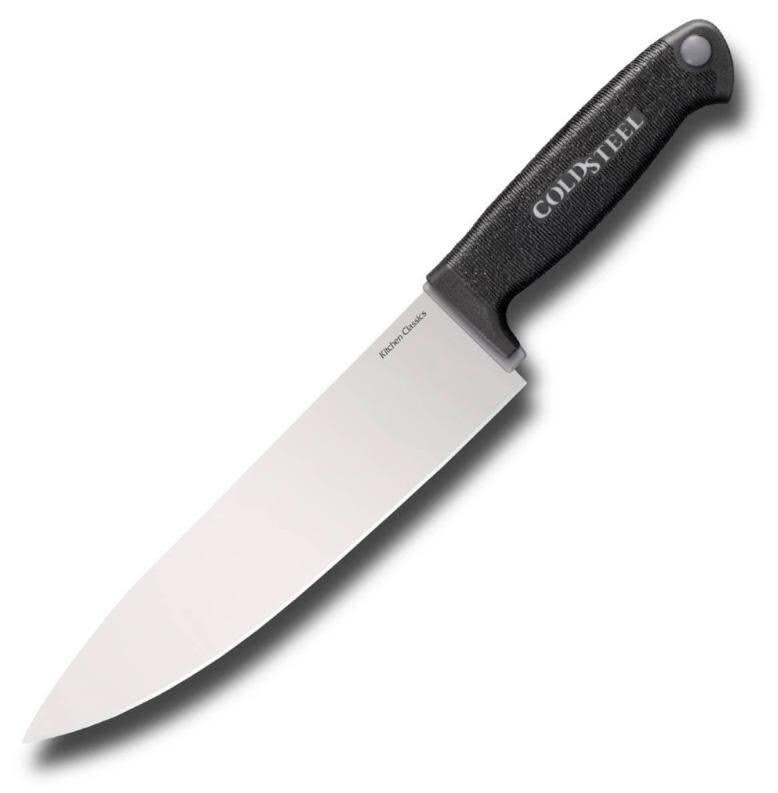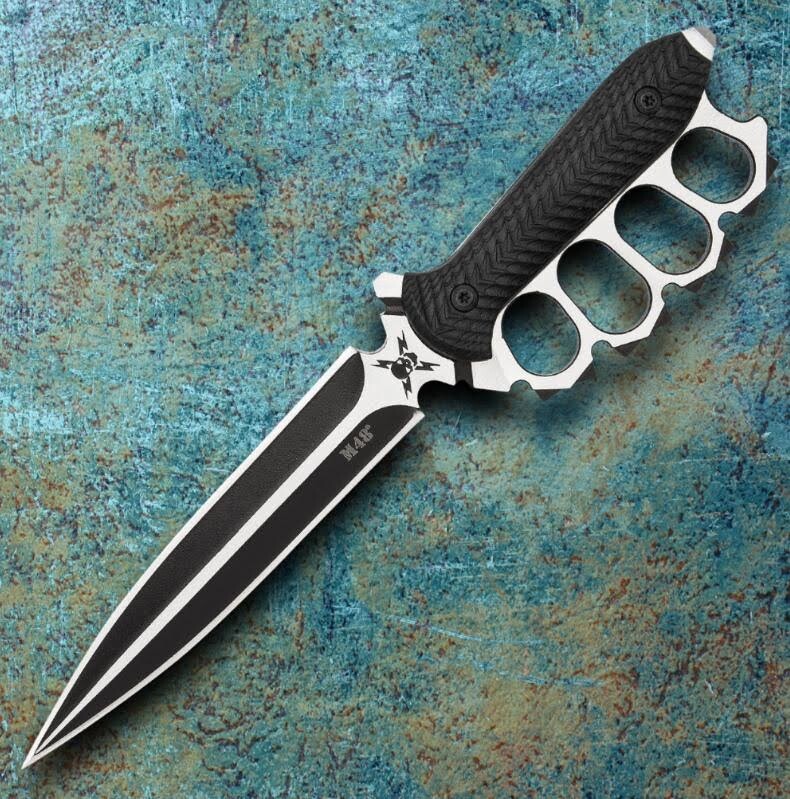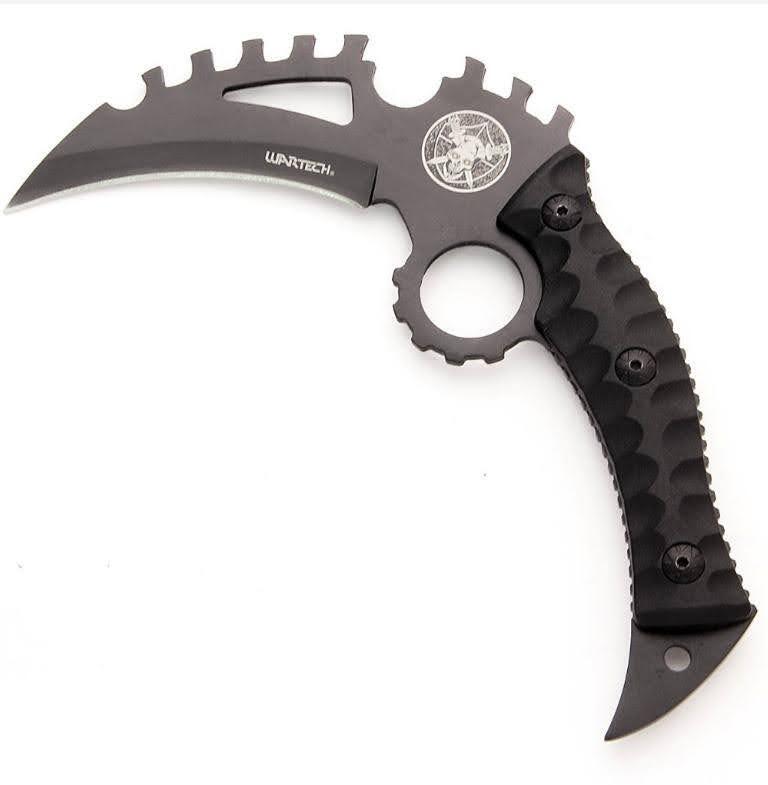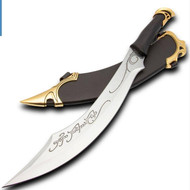Knives in Popular Culture: How Media Shapes Our Perception of Blades
17th Jun 2025

Elven Knife of Stryder from Lord of the Rings
Knives have been essential tools for humanity since the dawn of civilization, used for everything from hunting and cooking to self-defense and artistry. But in recent decades, their portrayal in popular culture, through movies, television shows, books, and other media, has added a layer of mythology, symbolism, and intrigue. The depiction of knives in these contexts has shaped how we perceive them, not just as tools but as objects imbued with power, danger, and sometimes even glamour. Whether in the hands of an action hero, a villain, or a character seeking redemption, knives are often more than mere props. They become symbols, carriers of meaning, and, occasionally, the focal point of entire narratives.
In this blog, we will explore how knives are portrayed in pop culture, examining their symbolic significance and how these portrayals affect our perceptions and buying behaviors. From iconic blade-wielding characters to the latest trends in knife design, we’ll analyze how media shapes our understanding of knives and blades.
The Blade as an Extension of the Self

Rambo Last Blood Heartstopper Knife
Knives in pop culture are often portrayed as an extension of the character holding them. Whether the blade is a symbol of power, honor, or revenge, it frequently reflects the personality and motivations of the person who wields it.
In many action movies and TV shows, knives are seen as instruments of personal combat. Unlike guns, which are often impersonal and distant, knives are used up close, making the violence feel closer, more visceral, and immediate. Characters who wield knives are usually shown as agile and morally grey.
Consider the iconic blade-wielding characters like Rambo , the lone, battle-hardened soldier from the "First Blood" series. Rambo’s knife is not just a survival tool but a symbol of his deep connection to the wilderness and his combat prowess. His large, serrated survival knife is not only practical, it reflects the character’s primal nature and expertise. Similarly, in the "Terminator" franchise, Arnold Schwarzenegger’s portrayal of the T-800 features a moment where the cyborg uses a knife in a fight, underscoring his cold, calculated nature and unflinching drive toward his mission.
In these cases, the knife becomes more than just a tool; it is an integral part of the character’s identity. The image of the "lone wolf" hero with a knife is powerful, influencing not just how the character is perceived but also how viewers understand the role of knives in survival, self-reliance, and strength.
The Knife as a Symbol of Danger

On the other hand, knives are often depicted in popular culture as dangerous weapons, wielded by villains and criminals. Their sharp edges, sleek designs, and inherent menace make them symbols of threat and violence. The image of a person carrying a knife can evoke a sense of fear or anticipation in audiences, especially when the blade is associated with an antagonist.
A prime example of this is the character of Freddy Krueger in the "Nightmare on Elm Street" series. Krueger’s glove, with its knife-like blades, is as iconic as the character himself. The very design of the weapon serves to amplify the grotesque nature of Krueger’s attacks. The blade represents his ability to strike without mercy, and the menacing nature of his weapon makes him more terrifying as a villain. The image of a knife-wielding antagonist like Krueger is ingrained in our collective psyche as a reminder of the violence that blades can represent.
Another notorious example is Michael Myers from the "Halloween" series. While the weapon of choice in most of the franchise is a kitchen knife, its symbolism is unmistakable. The knife is an extension of Myers’ faceless, relentless pursuit of his victims. The mundane, almost banal nature of the weapon, a simple kitchen knife, makes it all the more chilling. This portrayal reinforces the idea that knives, often seen as everyday tools, can be repurposed as instruments of terror and violence.
Knives as a Status Symbol

While knives are frequently associated with violence, in some contexts, they are portrayed as status symbols, representing sophistication, craftsmanship, and exclusivity. In films, television, and literature, knives are sometimes shown as objects of great beauty or precision, carrying a sense of luxury with them. The artistry involved in knife-making becomes part of the narrative, and the knife itself is often used to convey a character's elite status or technical mastery.
For instance, in James Bond films, knives and other weapons often play a role in the gadgets and tools of the spy world. The knives used by Bond (or his enemies) are usually sleek, high-tech, and expertly crafted. They represent a sense of refinement and danger in equal measure. The careful design and precision of these blades are symbolic of Bond's meticulous nature and the high-stakes world in which he operates. A character who is associated with such tools is seen as someone who operates on the cutting edge of technology and style.
The Knife as a Tool of Survival

Hibben Extreme Survival Bowie Knife
The media also often portrays knives as essential tools for survival. Films that deal with wilderness survival, for example, tend to focus heavily on the role of a knife in helping characters navigate the challenges of nature. Whether cutting rope, preparing food, or defending against predators, knives are often seen as indispensable in survival situations. These portrayals can reinforce the idea that a knife is a must-have tool for anyone seeking to navigate the harsh elements.
The Hunger Games trilogy by Suzanne Collins, for instance, features Katniss Everdeen using various tools, but her primary weapon of choice is often a bow and arrow. However, the knives used by other characters, such as the deadly Cato and the career tributes, are significant. The sharp blades symbolize combat readiness and the ruthlessness required to survive in the brutal arena. The survival knife becomes both a literal tool and a symbol of the cutthroat nature of the competition.
In the world of wilderness survival shows, such as the long-running "Bear Grylls: Man vs. Wild," the knife is the hero's indispensable companion. Grylls and other survivalists often emphasize the importance of a quality knife in their ability to survive in extreme conditions. These shows have contributed to the popular image of knives as essential survival tools and have spurred the trend of high-quality, tactical knives in consumer markets.
How Media Influences Knife Trends and Consumer Preferences

Wartech Primitive Karambit Fixed Blade Knife like the one from “Mad Max”
The portrayal of knives in popular culture directly impacts consumer preferences and market trends. As films, TV shows, and books introduce iconic knives or knife-wielding characters, they often influence what types of blades become desirable among consumers. There is a strong correlation between the knives used by beloved or notorious characters and the products consumers purchase.
The success of action movies like "Rambo" and "Mad Max" has had a noticeable impact on the popularity of large survival knives. These films glorify the image of the knife as an indispensable tool for the rugged, independent individual. As a result, large combat-style knives, multi-tools, and survival blades have surged in popularity, particularly among outdoors enthusiasts, hunters, and collectors.
In the realm of high-end knives, media portrayals of blade craftsmanship can also fuel demand for custom-made or artisanal knives. Just as James Bond’s sleek gadgets have become iconic, the knives featured in films that highlight craftsmanship, such as in "The Lord of the Rings," where swords are revered for their forging, can encourage consumers to invest in high-quality, hand-forged knives.
Moreover, the portrayal of knives in crime thrillers, detective novels, or horror movies may lead to spikes in demand for self-defense knives or tactical blades. Manufacturers often capitalize on the cultural associations of these knives, designing products with similar aesthetics or features to the ones seen on-screen. Tactical knives, for example, usually feature robust construction, practical designs, and sometimes futuristic flourishes, reflecting their portrayal in media as tools for the modern warrior.
The Growing Influence of Knife Culture on Social Media
In addition to traditional films and literature, social media has become a major platform for promoting knives and related products. Online influencers, many of whom are avid knife collectors or survivalists, often post reviews, demonstrations, and tutorials that spotlight various types of blades. This has further reinforced the cultural significance of knives as both practical tools and symbols of personal identity.
Brands that sponsor these influencers or collaborate with filmmakers also benefit from the media's portrayal of knives. As social media platforms like YouTube, Instagram, and TikTok have grown in popularity, consumers have been exposed to a vast range of knives, from everyday carry (EDC) blades to tactical combat knives, along with expert reviews and user-generated content that promote these products as necessary for everyday life or as part of an aspirational lifestyle.
Conclusion
From symbols of power and danger to icons of craftsmanship and survival, knives in popular culture serve various narrative functions. These blades are more than mere tools; they are extensions of the characters who wield them, with the power to influence audience perceptions and, in turn, consumer behavior.
As media continues to shape our perceptions of knives, it is clear that these tools, once considered simple, functional objects, are now deeply woven into the fabric of storytelling and consumer trends. Whether it’s the survival knife of an action hero or the sinister blade of a villain, the portrayal of knives in film, television, and literature influences how we see the world and what we choose to buy.
At Atlanta Cutlery, we have a variety of knives to excite any knife collector and user, no matter what kind of knife you collect. Check out our collection today!


 Gift Cards
Gift Cards